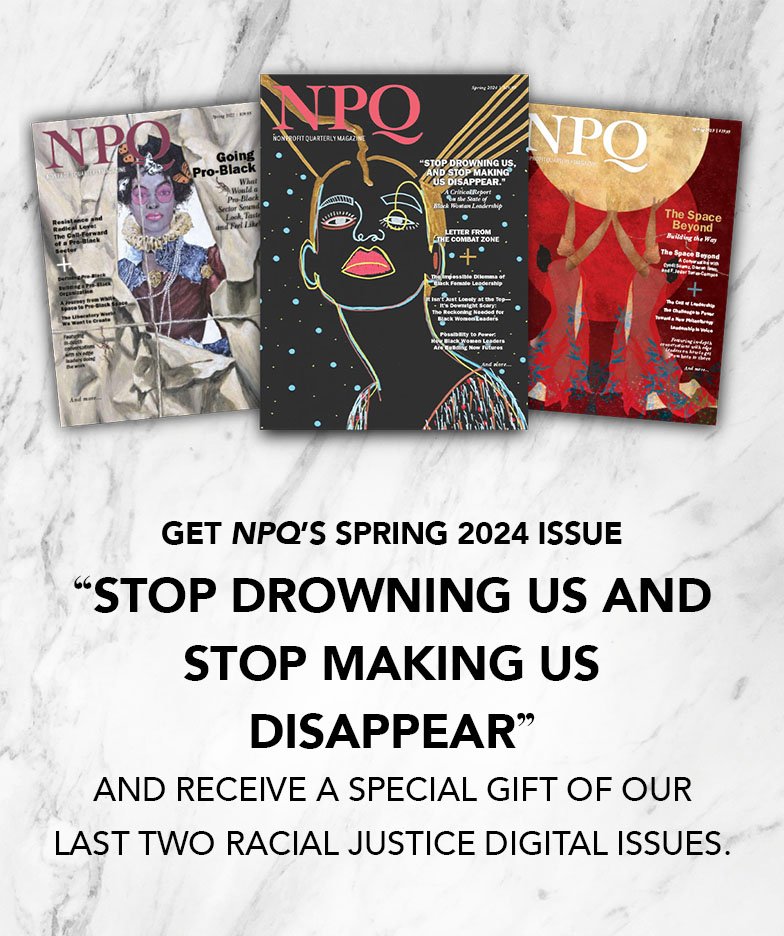
December 5, 2017; Variety
An article in Variety today points to a suit brought by the 17-year artistic director of the Geffen Playhouse in Los Angeles in which he claims that his ouster from the organization came as the result of age and disability discrimination. But the author, Gordon Cox, uses that premise as the lead-in to a discussion of a perceived lack of preparation for successions of artistic leadership in arts organizations.
Both on Broadway and off it, most of the city’s major nonprofits are led by artistic directors whose defining tenures are measured in decades. Among the organizations with Broadway stages, Manhattan Theatre Club has been led by Lynne Meadow since 1972; Todd Haimes has been the chief executive at the Roundabout Theatre for 27 years; and Andre Bishop has been at Lincoln Center Theater for 25. Off Broadway, Carole Rothman’s founding run at Second Stage (soon to expand to Broadway) is coming up on 40 years, and Neil Pepe has led Atlantic Theater Company for more than 25.
Sign up for our free newsletters
Subscribe to NPQ's newsletters to have our top stories delivered directly to your inbox.
By signing up, you agree to our privacy policy and terms of use, and to receive messages from NPQ and our partners.
Cox says the lawsuit points to the many ways artistic leadership transitions can go wrong. He writes, “In any transition, two competing considerations are at play. There’s the impulse to embrace the talented leader who made an organization what it is today, which butts up against the concern that after too long under any one chief, an institution starts to fossilize.” This paradox may be particularly apparent where an iconic artistic director is concerned, and the pace and stresses of staging productions among other things certainly provide plenty of distractions.
We are struck by the timing of this, as the Metropolitan Opera deals with allegations of sexual abuse aimed at James Levine, its former longtime music director. The alleged incidents occurred over more than four decades, and rumors of Levine’s behavior had, according to the Times, “swirled” around the New York arts scene for decades, twice making it to the attention of the board.
This points out something that must be taken into account as arts organizations face these moments of artistic leadership change. While the relationship between board and CEO in a nonprofit is almost always a negotiated one, there are balances of accountability and stewardship of the mission that need to be struck. This can be hard when the artistic director is broadly viewed as the embodiment of the mission in a very visceral way, but once that balance becomes too skewed, the organization is placed into a state of tense vulnerability that belies the idea of good governance.—Ruth McCambridge












